In this article, you will learn the 7 principles you can use to influence your consumers and thus make high sales and high profit on your business. But, before that, lets have a look at one of the most surprising telecommunication firm that started and dominated the market despite another established company was dominating the market in India.
When Reliance Jio Infocomm Limited was established in 2007, and was distributing free SIMs, there were people who thought nobody should be using those SIMs. People thought, once JIO would start to charge for using those SIMs, everyone will dump them. But, founder of JIO, Mr. Mukesh Ambani, the richest person in India and also the wealthiest in Asia, ranked 10th on the global billionaires' list was never a fool and the so called situation when all Indians started dumping JIO SIMs never happened. Instead, the total asset of JIO is $43b USD as of today with a net income of $1.8b USD despite the market being dominated by Bharti Airtel Limited for all the previous years before JIO was established. But, how did that happen?
If you want to increase your sales and make profit while building customers loyality, there's only one way to go. And that is influence. You will have to influence your target group to consume your products or services. Most of the business houses think they can increase sales by making their products attractive. So, they invest more time on making their websites and advertisements attractive. I will not say, that, this effort does not work. But, the effect is marginal. Only those business houses can make high sales who understand human psychology and can influence their consumers' brain.
So, in this article, we will talk about 7 such principles that you can start following today and influence your consumers and thus make high sales and high profit on your business.
1. Contrast
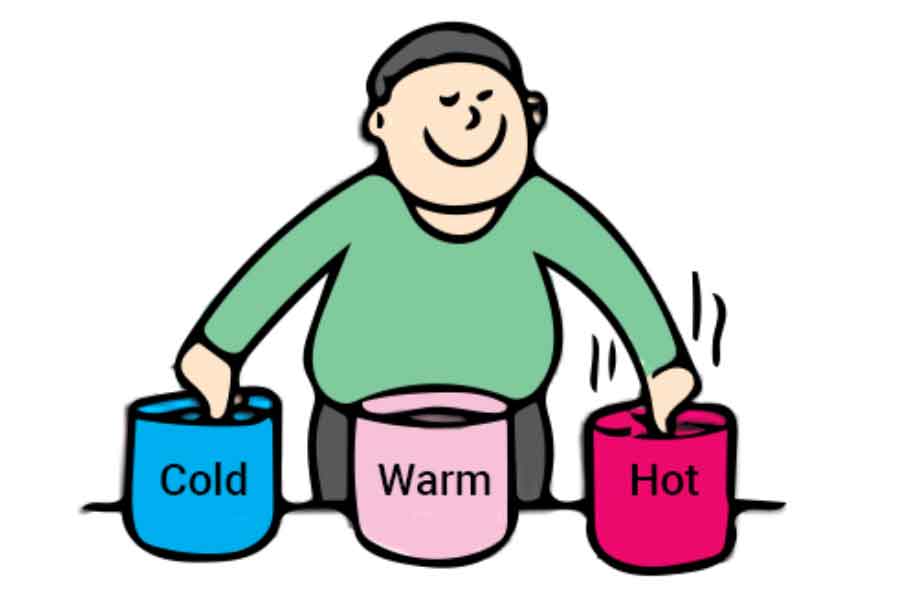
When two different products are shown to you, you will find those products much different than they actually are. For example, if you picked up a light object first and then picked up a comparatively heavy object, then, you will feel the second object is much heavier than it actually is. In a study, three buckets were placed in front of a group of students. The first bucket was filled with cold water. The second bucket contained normal temperature water and the third one contained hot water. The students were asked to dip their one hand in the bucket containing cold water and the other hand on the bucket containing hot water. After a while, they were asked to put both hands inside the normal temperature water. The students were shocked to find out the water felt warm to one hand while it felt cold to the other hand.
This example proves that different people can perceive same product differently. And the perception actually depends on their previous experience. A salesperson can benefit from this principle by showing expensive products first and then showing relatively inexpensive products later. If he does not do that, then, we can say, he does not understand the principle of contrast.
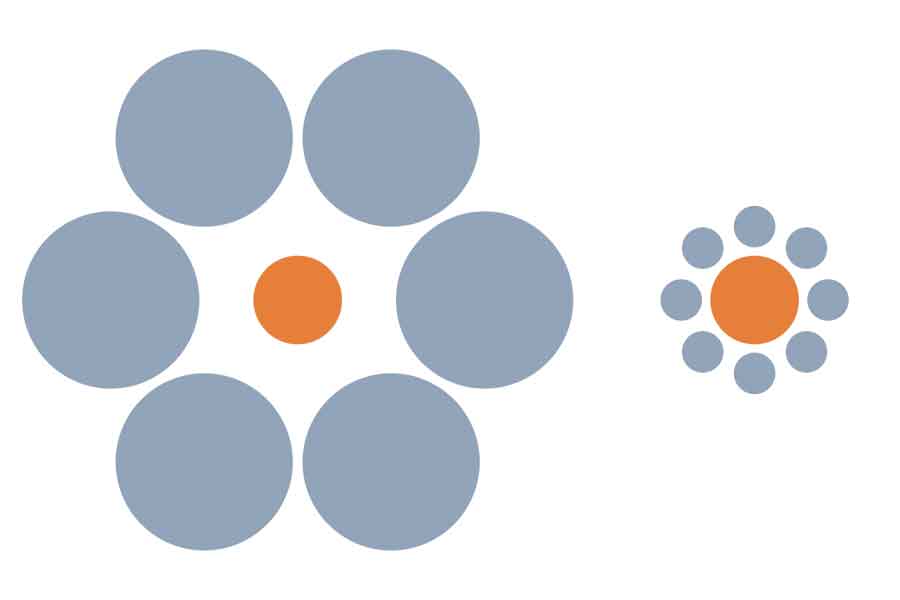
In this example, you can see the orange circle on the left seems smaller than the right one. That is true because it is sorrounded by larger circles and hence seems relatively smaller while the right one seems larger as it is sorrounded by smaller circles. But, to your surprise both orange circles are equal in size.
You can see the contrast principle used mostly on ecommerce websites where products are shown with their offered price and the actual price. You can also see multiple similar products with different prices displayed next to each other. Knowingly or unknowingly, your buying decision is affected by this strategy.
2. Reciprocity
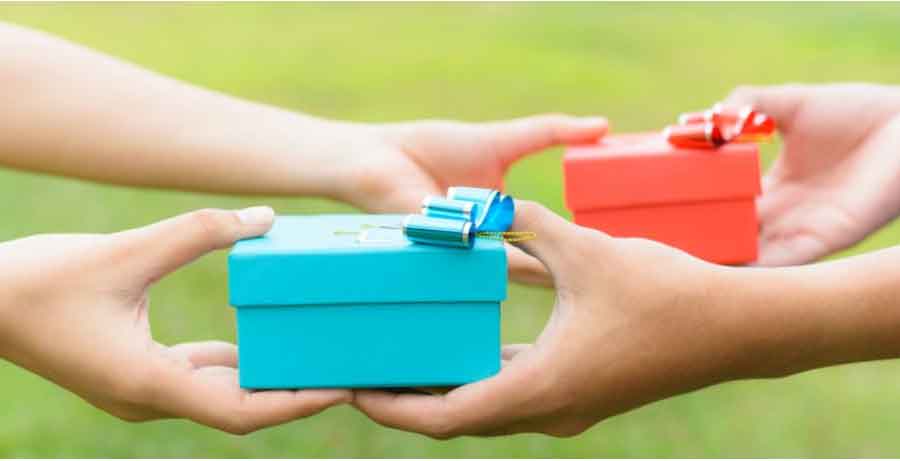
In an experiment, a university professor sent christmas cards to some unknown persons and waited for some response. The response shocked him because as a huge number of people sent him christmas cards back. This principle states that we try to reciprocate whenever we receive something from others. For example, if someone sends you birthday gifts, you will also try to remeber his birthday and most probably send him gifts too. Or, if someone invites you to his party, you will also try to invite him to yours. You can find a lot of websites where they offer something if you are willing to give them your name and email address. If anyone simply asks for your name and email address without offering anything in exchange, you wont be willing to give it. But, if he offers you something that you are looking for, then obviously, you will be happy to give your name and email address.
JIO did the same thing by offering free SIMs at the start of their business and people tried to reciprocate when JIO started charging for their services. This strategy is scientifically proven.
3. Commitment and Consistency
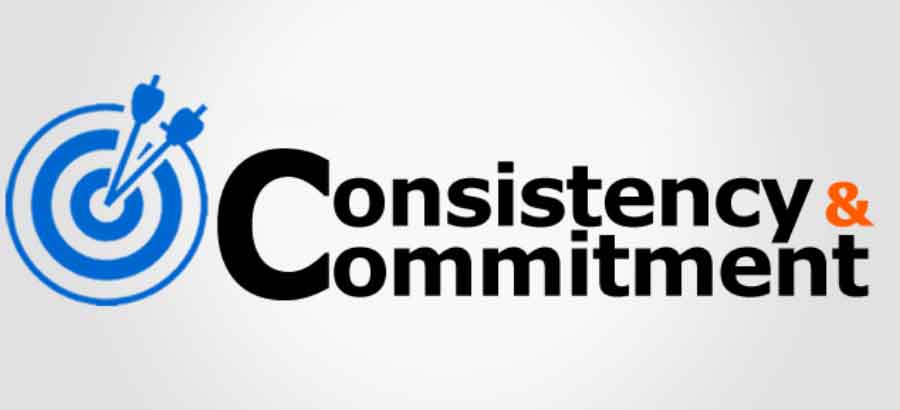
In an experiment, Jonathan Freedman and Scott Fraser went to a residential area in California as volunteers and requested people to place a huge board in their beautiful lawn that said "Drive Carefully". 83% of the people rejected them saying the board was too big and won't look good in their lawn. In another expirement, 76% of the people placed those boards on their lawn. But, what did they do the second time for such a huge success rate?
In the second experiment, the researchers sent another voluteer to the residence and asked to place a small 3 inch sticker on one of their windows on which "SAFE DRIVER" was written. Since the sticker was so small, maximum people committed to place it on their windows. And when the researchers asked the same group of people to place the previous large boards on their lawn, they agreed.
You can take the example of JIO in this priciple too where the consumers committed to their services when they were free, and then, went on to use the service even after they were started to be charged.
4. Social Proof

Lets say, you are in a new town looking for a restaurant. You see two restaurants close to each other. One has a good number of cars parked outside and the other has no cars parked in front of it. Which restaurant will you prefer? You are most likely to prefer the first restaurant where a couple of cars are parked. Because, it is a huge social proof that people prefer that restaurant over the other one. Even if you were looking for restaurants online, you would prefer to go to that restaurant which has good number of reviews. We all follow this social proof principle and a huge number of business houses use this principle to exploit consumers like fake reviews in internet or parking owners cars outside restaurants.
5. Liking

This principle states that we cannot deny requests from people we like or adore. For example, we can look at celebrities these days. Most of them endorse one product or another. The followers of those celebrities will be influenced by the products they use or promote which may be clothes, jewellery, phones or anything else. We start liking anything connected to the person or object we like and hence our buying decision gets manipulated.
6. Authority

People tend to follow those people who they consider as authoritative. For example, we follow all the suggestions given to us by doctor without even questioning. Whenever an authoritative figure is around us, we shut off our brain and follow their guidelines because we know these people know better than us in their field of expertise.
If you watched any promotional content of "Sensodyne" toothpaste, you can see a person posing as a doctor and recommending the product. Since, we see Sensodyne being promoted by doctors, we think, it is different from other toothpastes. And, whenever you meet cases of cavity or sensation in teeth, you will automatically buy Sensodyne or recommend it to others. And, you see, how powerful this strategy is?
7. Scarcity

People are always highly influenced by the fear of loosing something than the joy of gaining something. For example, Richard used to purchase old cars in cheap price and sale them in higher using this principle. For that, he would post advertisement on newspapers. He would give same appointment time to each person that would enquire about the car. When one person would be looking at the car and trying to bargain for the price by pointing out faults in that car, another person willing to buy that car would appear. To create jealousy between them, Richard would ask the second person to wait until the first person makes the decision where other potential buyers would also reach the place. This would influence the potential buyers buying decision emotionally by creating competition and scarcity. And, in most of the cases, the first person would buy the car without any bargain.
Most hotels use this principle by displaying the low number of available rooms and ecommerce websites use this principle and show low stock quantity to persuade potential buyers.
This way, we can use these principles to influence potential consumers and increase our sales with greater efficiency.
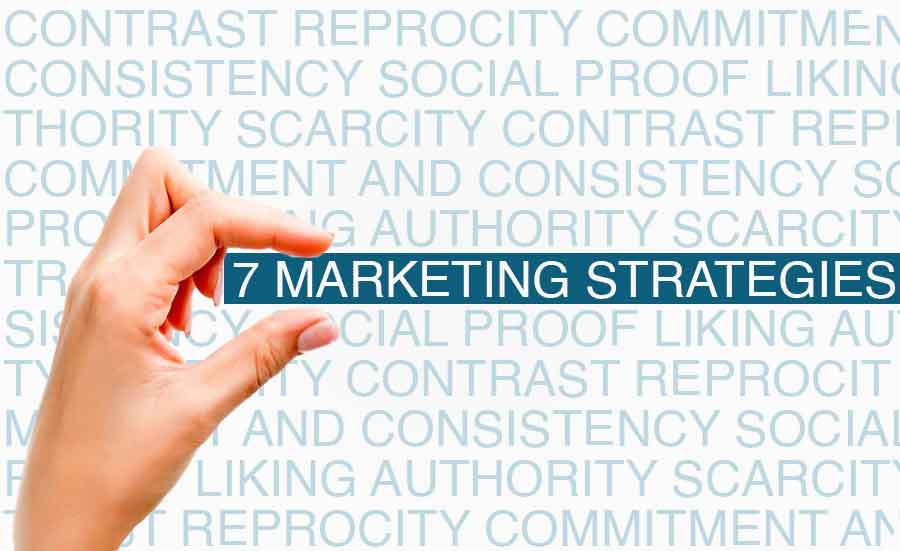
Leave a comment